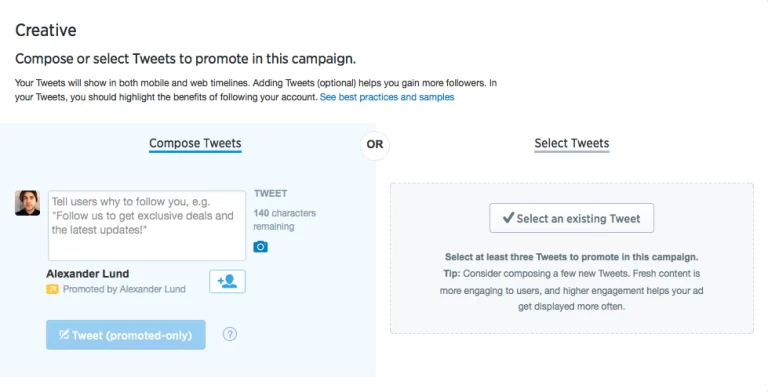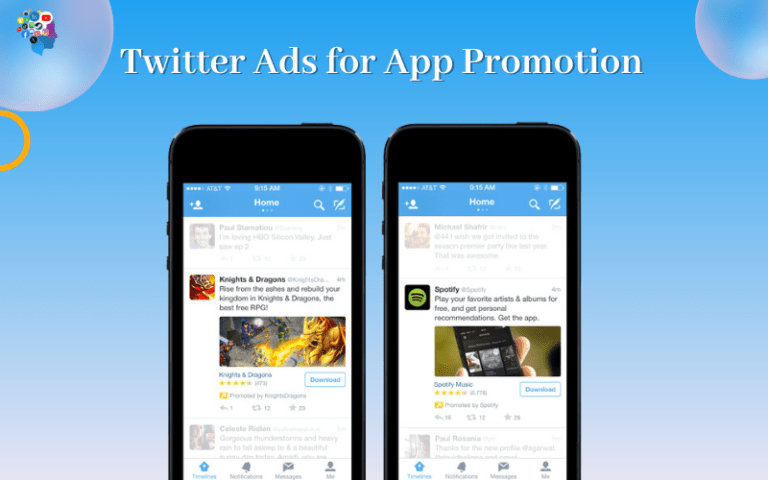Impressions are one of the key metrics to understand when using Twitter. But what exactly are impressions, and why do they matter for your Twitter strategy? This in-depth guide will explain everything you need to know about impressions on Twitter.
Table of Contents
What is an Impression on Twitter?
An impression on Twitter refers to the number of times a tweet is seen. Specifically, an impression is counted every time a tweet shows up in someone’s timeline or search results.
Some key things to understand about impressions:
- Impressions are not the same as reach or views. Reach refers to the number of unique accounts that saw the tweet, while views are the number who actually clicked to open/expand it.
- Impressions are counted even if the tweet was not actually seen. As long as it was displayed in the timeline, it’s counted.
- The number of impressions indicates the potential number of views/reach for a tweet. More impressions make it more likely that people will engage.
Simply put, an impression on Twitter is any time a tweet is displayed, regardless of if it was seen, clicked or engaged with. A high number of impressions gives a good indication for the potential reach/visibility of a tweet.
Also read: Make Twitter Account Public: A Comprehensive Guide
Why Do Impressions Matter for Twitter?
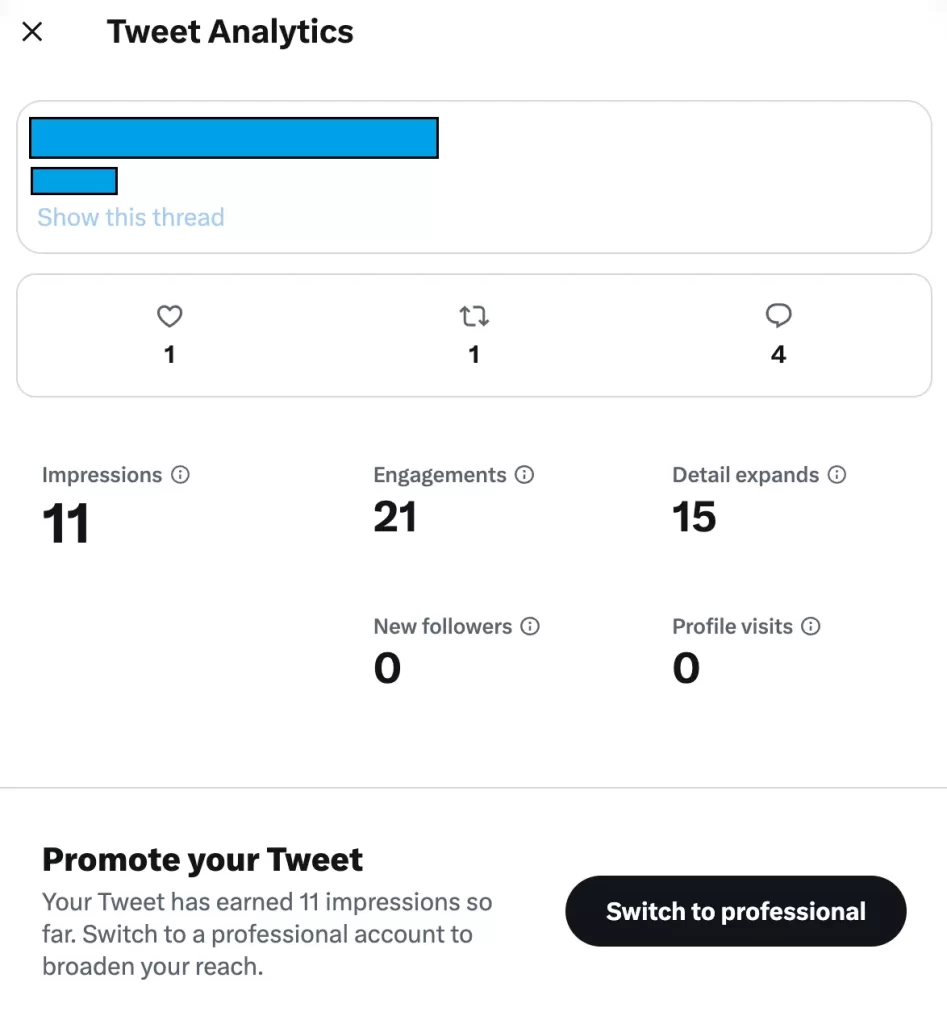
Understanding your impressions is key for several reasons:
Monitor overall tweet activity and reach
The number of impressions provides an easy way to monitor the overall reach and visibility of your tweets over time.
Seeing high impression numbers means your tweets are showing up in timelines consistently. Lower impression numbers may indicate your tweets are not as visible to your audience.
Tracking impressions helps monitor engagement issues, optimize posting times and evaluate Twitter performance.
Compare the performance of different tweets/types of content
Looking at the impressions on individual tweets gives useful data for optimizing content.
You can compare tweets on a particular topic, different types of media, or tweets sent at different times. Seeing which get the most impressions indicates what resonates best with your audience.
This allows you to refine your Twitter approach and strategy based on empirical data.
Also read: Finding Meaning in 140 Characters: Deep Twitter Quotes
Calculate other engagement metrics
Impressions are necessary to calculate your Twitter engagement rate. This measures the percentage of people who saw your tweet and then interacted with it in some way.
For example, if a tweet got 1,000 impressions, and 20 retweets/likes, the engagement rate would be 2%.
Without the impressions number, it’s impossible to know how well your content is performing beyond the raw engagement totals.
Assess paid campaign reach
For promoted tweets or Twitter ad campaigns, the number of impressions indicates how far your budget went towards improving visibility.
If you spent $100 to promote a tweet, and it received 40,000 impressions, you know each impression cost around $0.0025. This helps evaluate your return on spend.
Optimize future social and marketing campaigns
Analyzing impressions over time, and for different types of content, provides data to optimize future initiatives.
You can plan Twitter marketing campaigns around timing and content that has proven to be most engaging for your audience. Impressions indicate what works to drive reach.
Also read: Can You Dropship Using Twitter Ads?
How Many Impressions are Good on Twitter?
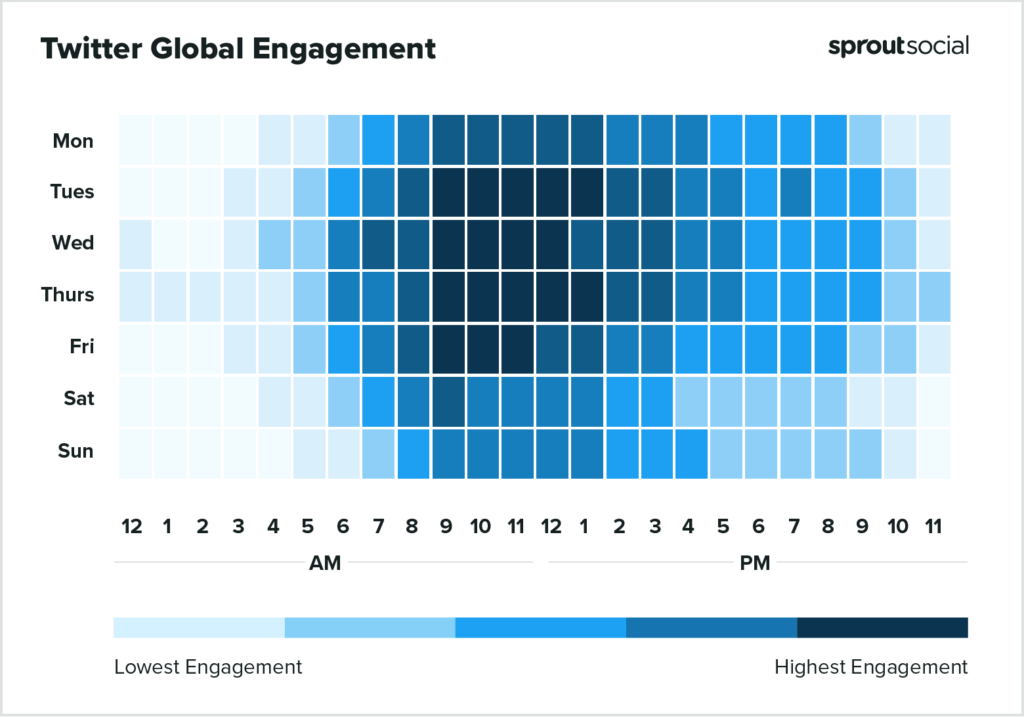
So what constitutes a “good” number of impressions on Twitter? Here are some benchmarks to evaluate your impression counts:
- Average Twitter user: Most regular Twitter users see 200-400 impressions on their tweets organically. Anything significantly higher means good reach.
- Businesses: For brands, 5,000+ impressions per tweet is strong, 10,000+ is great. But it depends on your following size and activity.
- Influencers: Influencers with large, active followings see tweet impressions in the 6-7 digit range routinely. Big names can reach 8 or 9-figure impressions.
- Paid ads: Promoted tweets easily reach 6-7 figures for moderate spend. With more budget, 10M+ impressions per ad is achievable.
The most important thing is tracking your own impression trends over time. Spikes or drops can signal changes in engagement and visibility.
As your following grows, you want impression numbers to rise correspondingly. Evaluate your own average rather than industry benchmarks.
How to See Impressions on Twitter Analytics
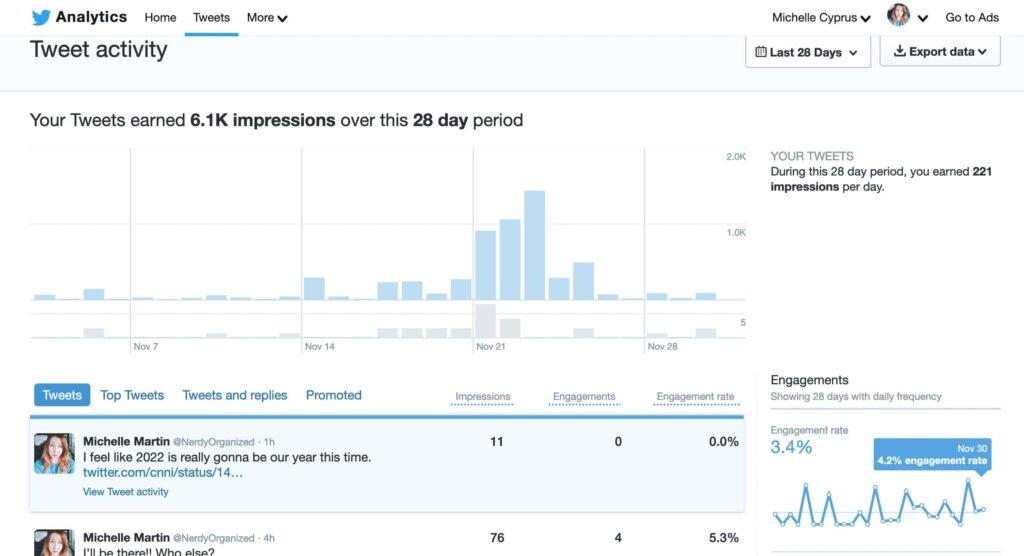
Impressions are easy to locate within the native Twitter analytics. Here’s how to find impressions for both your overall Twitter account and individual tweets:
Impressions for your Twitter account
- Open analytics.twitter.com and login if required.
- Go to the “Tweets” tab.
- Select your desired date range.
- Your total impressions for all tweets in that timeframe will be displayed at the top.
Also read: Understanding Twitter Ads Analytics
Impressions for a specific tweet
- Go to the tweet and click the graph icon (on desktop) or details icon (on mobile).
- Select “View Tweet activity” to open the analytics page.
- Scroll down to see impressions for that tweet for the last 7 days, including a daily breakdown.
You can also use third-party social media analytics tools like Sprout Social, Hootsuite, Rival IQ and others to monitor Twitter impressions.
Other Key Twitter Metrics and How They Relate to Impressions
Along with impressions, there are a few other important Twitter metrics to understand:
Reach
The number of unique Twitter accounts that saw the tweet in their timeline or search. Reach will always be lower than impressions, as some people see tweets multiple times.
Engagements
The total number of times people engaged with the tweet by liking, retweeting, clicking, etc.
Divide engagements by impressions to calculate engagement rate.
Video Views
For video tweets, the number of times the video plays. This will be lower than reach, as some people may just scroll past the video without playing it.
Profile Visits
The number of times people clicked from your tweet to visit your Twitter profile. Helps gauge interest driven by the tweet.
Analyzing these metrics together with impressions provides a comprehensive picture of tweet performance and engagement. Impressions indicate potential reach, while other stats show actual engagement.
Also read: Understanding Twitter Ads Analytics
Tips to Increase Impressions on Twitter
Here are some proven ways to improve impression volume and reach more users on Twitter:
- Leverage hashtags: Include 2-3 popular hashtags related to your tweet content to put it in front of more people searching those tags.
- Engage followers: Reply to your followers, like their tweets, and retweet them. This makes you more visible in their feed.
- Post at optimal times: Analyze when your followers are most active, and tweet during those high traffic periods.
- Use media: Tweets with images, video or GIFs tend to get more impressions. Visual content stands out.
- Run contests/giveaways: Encourage likes and retweets for a chance to win a prize. This can expand your reach exponentially.
- Promote tweets: Use Twitter Ads to promote your best performing organic tweets to a wider audience for a cost per impression.
- Measure and refine: Continuously analyze your Twitter analytics to see what content and tactics perform best. Double down on what works.
Current Twitter Impression and Engagement Limits
To prevent oversaturation on Twitter, there are limits in place for how many impressions an account can receive within certain timeframes before engagement starts being throttled and limited.
Here are the current Twitter rate limits as of October 2023:
- Per Tweet: A single tweet can receive up to 100M impressions in the first 3 days before Twitter starts limiting additional visibility.
- Per Account: Twitter enforces daily impression caps based on account history and behavior. For most business accounts, the limit is around 10M-20M impressions per day across all tweets.
- Engagement caps: Twitter may also limit engagements like retweets and likes after a tweet gains significant traction. Usually, engagement is capped after around 25k likes/retweets.
- Following limits: There are limits in place on how many accounts you can follow per day, to prevent automated bot-like following behavior. The limits vary based on account history.
These limits prevent individual tweets or accounts from dominating Twitter. They encourage organic growth and engagement patterns.
Recent Developments Related to Twitter Impressions
Here are some notable recent news and changes related to how Twitter counts and displays impressions:
- API impression change (June 2022): Twitter updated its API to only show “viable” impressions—excluding spammy or suspicious impressions. This provides more accurate analytics.
- View counts for videos (May 2022): Twitter began displaying view counts for videos instead of impressions, to better reflect how many people actually watched.
- Impression details for promoted tweets (March 2022): More details were added for promoted tweet analytics, including gender and age breakdowns of impressions.
- Change to scandalous media policy (February 2022): To limit harmful content going viral, Twitter now blocks impressions/amplification of media marked as sensitive.
- Removal of fleets (August 2021): Twitter’s stories-like Fleet feature was discontinued less than a year after launching, affecting impression opportunities.
- Launch of Twitter Blue subscription (June 2021): For $2.99/month, Blue provides advanced tweet analytics including impression and engagement data.
Frequently Asked Questions about Twitter Impressions
-
What is the difference between impressions and reach on Twitter?
Reach refers to the number of unique Twitter accounts that saw the tweet, while impressions are the total tally of times it was displayed. The same user can contribute multiple impressions, but only one unique reach.
-
Why are some impressions and engagements not counted?
Twitter’s system aims to filter out spammy and low-quality activity. Impressions from suspicious accounts or automated programs are excluded from analytics.
-
Can you buy Twitter impressions?
Yes, promoted tweets allow you to essentially buy impressions and reach through Twitter’s advertising platform. The minimum buy-in is around $50 per day.
-
Do deleted tweets still count towards impressions?
No, deleted tweets no longer contribute to your lifetime impression or engagement totals. Any metrics prior to deletion will persist in analytics though.
-
How often do Twitter analytics update impression data?
Twitter refreshes its analytics dashboard on an hourly basis to include the latest impression and engagement data. It provides a near real-time look.
Conclusion
Understanding impressions is vital for tracking reach, optimizing content, and maximizing your impact on Twitter. While simple on the surface, there are nuances to how Twitter counts and displays impressions across different interfaces and types of tweets.
Monitoring impression trends carefully provides insight into how well your audience responds to your tweets and Twitter presence overall. Combine impression analysis with engagement metrics for the full picture of your performance.
With the right strategy, you can gradually increase impressions as you build your following and refine your approach. Refer to this guide anytime you need a refresher on the meaning and significance of impressions on Twitter.


